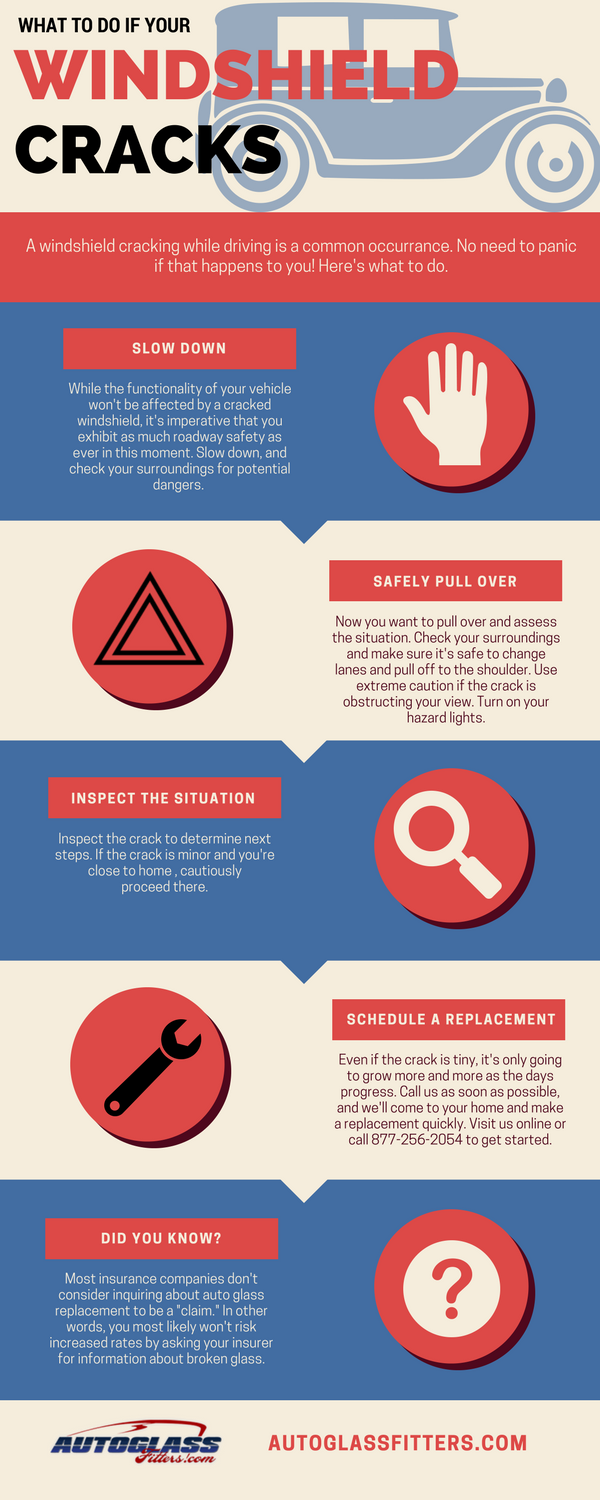Get The Fundamental Stress Washing Methods Particularly Designed For Numerous Surface Types To Attain Remarkable End Results-- Reveal The Tricks To Accomplishing An Ideal Surface
Get The Fundamental Stress Washing Methods Particularly Designed For Numerous Surface Types To Attain Remarkable End Results-- Reveal The Tricks To Accomplishing An Ideal Surface
Blog Article
https://www.express.co.uk/life-style/property/1611118/how-to-clean-oven-edges-toothpick-TikTok-evg -Coley McGinnis
When it involves push washing, the technique you pick can make all the distinction in accomplishing a tidy, streak-free surface. Learn Additional Here might discover that tough surface areas, like concrete, need a different technique than softer materials, such as wood or vinyl. It's important to adapt your approaches to the surface kind to avoid damages while making the most of cleansing effectiveness. So, what are the best techniques for each surface area, and how can you ensure you're using the ideal settings and devices for the work? Allow's discover what you require to know to get the best results.
Tough Surface areas
When it comes to push washing difficult surface areas, prep work is key. Prior to you even think about pulling out the stress washing machine, take the time to clear the location of any particles, furnishings, or obstacles. You do not desire anything entering your method or possibly destructive your equipment.
Next off, examine the surface area for any kind of fractures or damages; this will certainly assist you figure out the appropriate technique and stress setups.
When you have actually prepared the location, it's essential to pick the appropriate nozzle. For tough surfaces like concrete or brick, a slim nozzle (15 or 25 degrees) functions best to supply a focused stream of water that can effectively remove gunk and spots. Constantly start at a distance and progressively move better to avoid any surface area damage.
As you begin washing, keep the stick relocating to prevent touches and over-saturation. It's additionally handy to work from the top down, allowing dust and particles to get rid of normally.
Ultimately, keep in mind to wash the surface area completely after cleansing to get rid of any kind of leftover detergent. With these strategies, you'll attain a clean and refreshed appearance on all your difficult surfaces.
Soft Surfaces
Pressure washing soft surface areas requires a gentler technique to secure them from damages. Whether you're cleaning your deck, patio area furnishings, or siding, making use of excessive stress can lead to dents, scrapes, or perhaps irreparable injury.
Begin by picking a low-pressure nozzle, ideally a 25-degree or broader spray pattern, to spread the water more delicately.
Before you begin, it's essential to pre-treat any kind of spots with an ideal cleaning option. This step allows the cleaner to penetrate the dirt and grime, making it easier to get rid of without scrubbing too hard.
Constantly use the solution from all-time low as much as stop streaking.
When you begin pressure washing, preserve a distance of at the very least 12 to 18 inches from the surface. Relocate https://corporate-cleaners-compan66543.dsiblogger.com/65600340/uncover-the-suitable-window-cleansing-schedule-for-each-and-every-season-to-raise-the-visual-allure-and-functionality-of-your-home-quality-is-just-nearby in a sweeping movement, maintaining it parallel to the surface to stay clear of focused stress on one spot.
Wash the area extensively after cleaning to get rid of any type of residual cleaner.
Lastly, examine the surface area for any missed out on spots and duplicate the process if essential. By following these actions, you can properly tidy soft surface areas while preserving their stability and look.
Specialty Surfaces
Cleaning up soft surfaces calls for treatment, however specialty surface areas demand even more attention to detail. When you tackle these surface areas, like fragile timber, discolored concrete, or particular types of siding, using the right stress cleaning methods is essential to avoid damage.
First, assess the material. For example, treated wood can frequently withstand modest stress, however softer timbers like cedar may require a lower setting. Always begin with the most affordable pressure and gradually enhance if needed.
For stained concrete, use a follower spray nozzle and preserve a consistent distance to prevent engraving the surface area.
When handling surfaces like vinyl siding or painted surfaces, a vast spray pattern aids distribute the pressure evenly, protecting the coating.
It's likewise a good idea to use detergents especially designed for specialty surfaces. They can boost cleaning without compromising the product.
Rinse thoroughly after cleaning to eliminate any type of residue, as it can bring about staining or degeneration with time.
Conclusion
To conclude, mastering pressure cleaning strategies for different surfaces can make all the difference in your cleansing outcomes. For difficult surfaces, adhere to narrow nozzles and a top-to-bottom strategy, while soft surfaces require a gentler touch with wider nozzles. Do not fail to remember to pre-treat stains and wash thoroughly to prevent deposit. By adapting your techniques per material, you'll not only attain a cleaner coating but also safeguard the stability of your surfaces. Satisfied cleansing!
